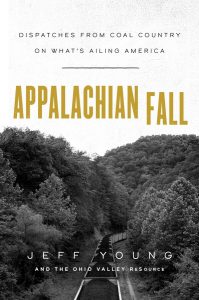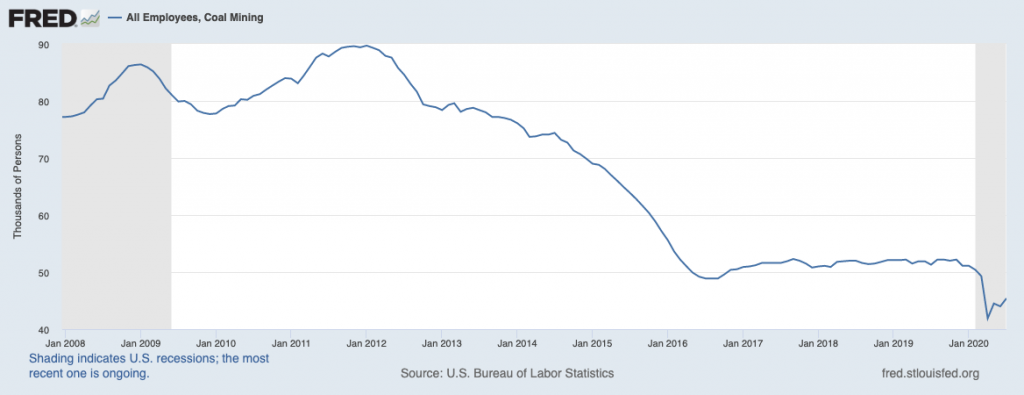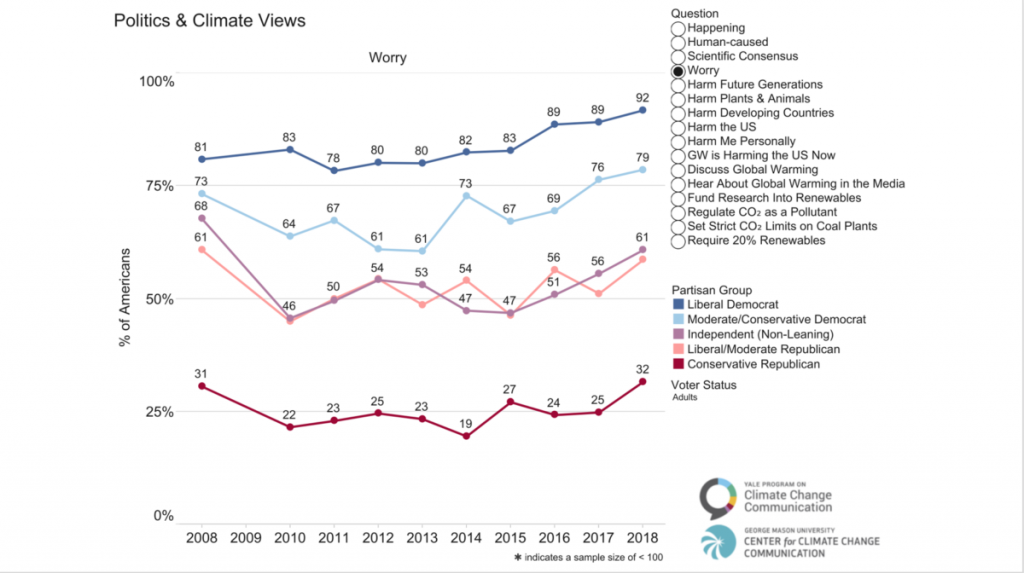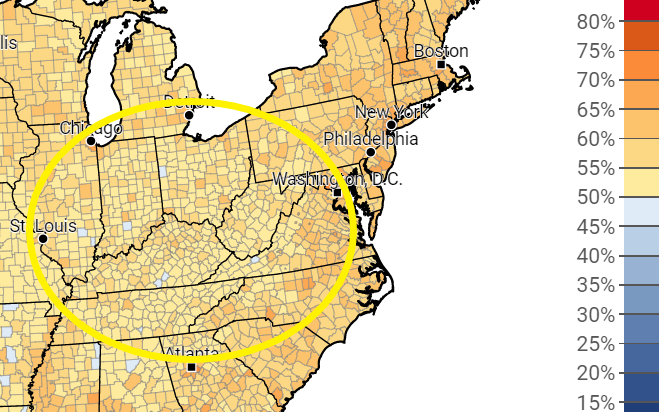News

“False Hope” or Four More Years? Ohio Valley Stakeholders Reflect On Trump Energy Policy
By: Sydney Boles | Ohio Valley ReSource
Posted on:
WASHINGTON, D.C. (OVR) — In 2016, then-candidate Donald Trump was all-in on the fossil fuel industry. In a 2016 rally in Charleston, West Virginia, the candidate proudly accepted an endorsement from that state’s coal association, donning a hardhat while he mimed digging coal. To thundering applause, he promised to bring back coal jobs to the struggling Appalachian coalfields.

“Four years ago, Hillary Clinton said she was going to put a lot of coal miners out of work, and today Joe Biden is doubling down on putting hard-working Kentuckians out of a job,” said Mike Lonergan, spokesperson for the Kentucky Republican Party. “Combined with massive tax increases, the Green New Deal, and Joe Biden’s promise to abolish fossil fuels, the Democrats will put every worker in the energy sector, including coal, out of work.”
Chris Hamilton, Vice President of the West Virginia Coal Association, is eager for another Republican term. “When one candidate and one party favors men and women working throughout the Appalachian area doing what they do best — that’s mining and producing coal and natural gas — versus the other party that wants to do away with their jobs? To me, that’s incomprehensible and it’s un-American.”
Dee Davis, the founder and director of the Whitesburg, Kentucky-based Center for Rural Strategies, has a different take. “Coal is a ship that’s sailed. Somebody’s going to be in office, and that person is going to make some policy, and some people will be favored by that policy and some people will be disfavored. But the reality is that market forces are like the course of a river: You can’t just change them by wishful thinking.”
Amanda Woodrum of the progressive think tank Policy Matters Ohio summed up the last four years of efforts by the Trump administration to bring back coal: “It didn’t happen and it didn’t work and it was false hope.”
Woodrum is also the co-director of the Reimagine Appalachia project, which seeks to rebuild the Appalachian region through public investment in infrastructure, clean energy and coal mine reclamation. Recognizing that the market-driven decline of the coal industry is a serious challenge for coal miners and their families, the plan prioritizes coal miners for high-paying jobs.
The administration successfully rolled back a number of Obama-era environmental regulations, including ones related to coal-fired power plants and coal-ash disposal. It called for slashing funds for research into renewable energy and lowered fees on coal companies meant to provide funds for miners’ health care.
But President Trump’s promises to put miners back to work have largely gone unfulfilled. According to the Brookings Institution, coal used to generate electricity has continued to decline in the Trump era, decreasing by 22 percent between 2016 and 2019. Coal employment has been declining steadily since the end of the Obama years, from about 55,000 miners nationwide in 2016, to about 45,000 nationwide in July of this year.

Samantha Gross, director of the Brookings Institution’s energy security and climate initiative, said the rollback of environmental regulations hasn’t brought back the coal industry because it wasn’t the regulations that were hurting the industry in the first place. Rather, she said, it was market forces: Cheap natural gas continues to disincentivize the use of coal in power generation.
“The problem there is, if you’re really focused on ‘We’re going to bring this resource back,’ then you don’t help those communities; [instead] you tell them their jobs are coming back,” she said.
Policy Versus Identity
Discussion of energy policy was largely absent from the Republican convention, though Trump did mention it in his Thursday-night address saying misleadingly, “Biden has promised to abolish the production of American oil, coal, shale, and natural gas – laying waste to the economies of Pennsylvania, Ohio, Texas, North Dakota, Oklahoma, Colorado, and New Mexico. Millions of jobs will be lost, and energy prices will soar.”
The party also found other ways to signal its support for workers like coal miners.
The convention’s second night featured a slickly produced video saluting the hardworking, blue-collar everyman. Over a bed of action-movie music, a deep-voiced narrator read, “What I could call your everyday man, the forgotten man or woman, the people who wake up every morning, go to work, do their job, come home to their kids and families, and are faithful and consistent. The people who have built America.”
Images slid by under the narration: oil rigs dipping and rising, workers donning hardhats, wide shots of mammoth factories glistening in the sun.
Davis, of the Center for Rural Strategies, said the appeal was a familiar one. “Republicans have for a long time supported coal miners, farmers and factory workers, roughnecks in the oil fields, not as economic policy but as cultural icons,” he said. “And you can say, ‘well look, he promised he was going to bring those jobs back and he didn’t.’ But that’s not going to deter a lot of people from [voting for Trump.] Because it’s not about policy, it’s not about whether you kept your promise. It’s about, who do people like me vote for?”
Support for President Trump remains high in the deep-red Appalachian coalfields: 66 percent of West Virginians and 55 percent of Kentuckians favor Trump over his opponent, according to the most recent polling averages from statistical analysis-based news outlet FiveThirtyEight. (It should be noted that West Virginia is so reliably red that pollsters rarely bother with the state. The most recent data point is from this January and the current number may be quite different.)

But attitudes on energy and the environment are changing. The Yale Program also found that even in the coal-heavy Ohio Valley most people say the president should do more to address climate change.

This story is part of a series revisiting themes, places and people in the new Ohio Valley ReSource book, “Appalachian Fall.”

